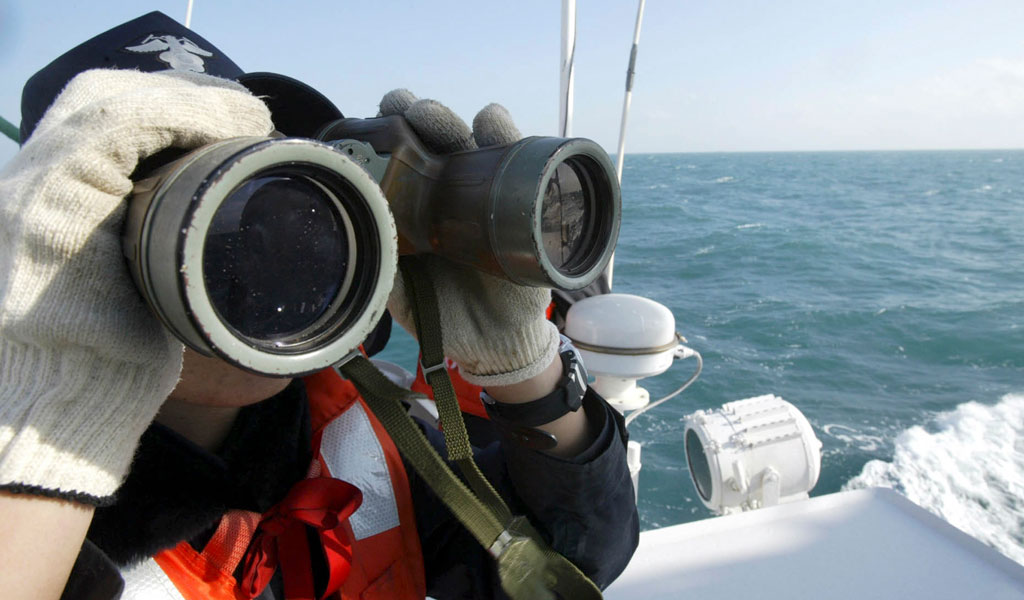(Versions in عربي, 中文, Español, Français, Русский, 日本語)
After the speech by the IMF’s Managing Director in Berlin yesterday, my main messages on the global outlook will not surprise you.
Starting with the bad news--the world recovery, which was weak in the first place, is in danger of stalling. The epicenter of the danger is Europe, but the rest of the world is increasingly affected.
There is an even greater danger, namely that the European crisis intensifies. In this case, the world could be plunged into another recession.
Turning to the good news--with the right set of measures, the worst can definitely be avoided, and the recovery can be put back on track. These measures can be taken, need to be taken, and need to be taken urgently.
And now the numbers, starting at the epicenter:
The IMF’s forecast for growth in Euro Area for 2012 is ‑0.5 percent—this marks a decrease of 1.6 percentage points relative to our September 2011 projection. In particular, we predict negative growth in Italy (‑2.2 percent) and Spain (‑1.7 percent).
We have also revised downwards our forecasts for other advanced countries, although by less. Only for the United States, is our forecast unchanged at 1.8 percent.
The growth outlook in emerging and developing countries is also down, at 5.4 percent, a decrease of 0.7 percent relative to our September forecast. The revision is particularly sharp in Central and Eastern Europe, reflecting their links to the Euro area. But it is also substantial in China and India, where internal factors explain most of the decrease.
What are the forces behind these numbers?
Most advanced economies are operating with two major brakes on.
- The first is fiscal consolidation. Consolidation is necessary—debt levels are very high—but, in the short run, it is clearly a drag on demand, it is a drag on growth.
- The second is tight credit. In many countries, particularly in Europe, banks are still weak. They are deleveraging. And, in many cases, deleveraging means tighter credit to households or firms, another drag on growth.
With those brakes on, the recovery cannot be very strong, and indeed this is something you see in past financial crises.
What is happening in Europe, however, is making things worse.
Doubts about fiscal sustainability are leading to high yields on sovereign bonds and, in turn, doubts about bank solvency. To reassure markets, governments have felt they had to consolidate further. To reassure investors, banks have deleveraged and tightened credit. Both actions have further decreased growth, leading to a dangerous downward spiral.
This explains our forecasts of negative growth for some of the Euro periphery countries, and low growth in the rest of the Euro area. Looking beyond Europe, spillovers through trade are already visible among Euro trade partners. And bouts of risk aversion and uncertainty are leading to high volatility of capital flows to emerging markets.
If not contained, this downward spiral can lead to even worse outcomes, be it disorderly default or Euro exit, with major spillovers, first to the rest of the Euro area, and then to the rest of the world.
In this context, the required policies are clear.
These are largely a repeat of the main messages from the Managing Director Christine Lagarde’s speech yesterday.
- First, fiscal consolidation must proceed, but at an appropriate pace. Decreasing debt is a marathon, not a sprint. Going too fast will kill growth, and further derail the recovery.It took more than two decades to successfully decrease debt from its World War II heights. We should expect that it may take as long or longer this time.Of the essence here is a credible medium term plan, something still missing in the United States and Japan. Once such a plan is in place, in most countries, automatic stabilizers should be left to play. In some countries, slower consolidation may even be appropriate.
- Second, a credit crunch must be avoided. Where banks need to increase their capital ratios, they should do it through an increase in capital, rather than a decrease in credit. Recapitalization through public funds will help credit, sustain activity, and may actually improve the fiscal outlook.
- Third, and to the extent that they are taking the tough measures they need to take, Euro periphery countries—such as Italy or Spain—must be able to borrow at low interest rates. As many investors have left the market and are unlikely to return soon, public liquidity provision may be needed. It can be provided in various ways, by the European Central Bank, by the European Union, and by the IMF. Whichever combination is used, the available funds must be large enough to maintain low interest rates and fiscal sustainability.
Our forecasts are based on the assumption that these measures will be adopted, and the Euro crisis will slowly decrease in intensity. If they are not, one can fear the worst. If they are adopted decisively, the world economy may perform better than our forecast.
One should be under no illusion however. Even then, the brakes will still be on, and unemployment will decrease only slowly. We have a long way to go before the world economy has fully recovered.




